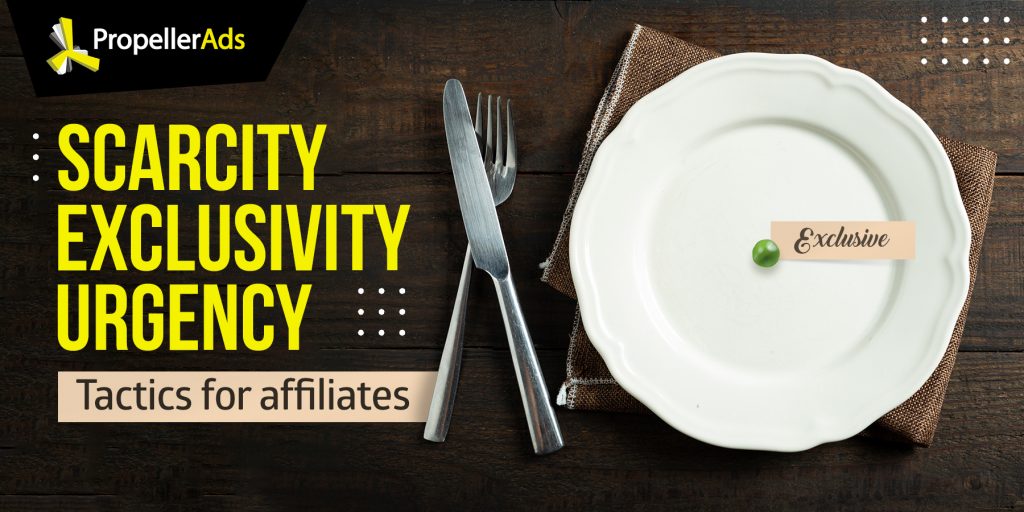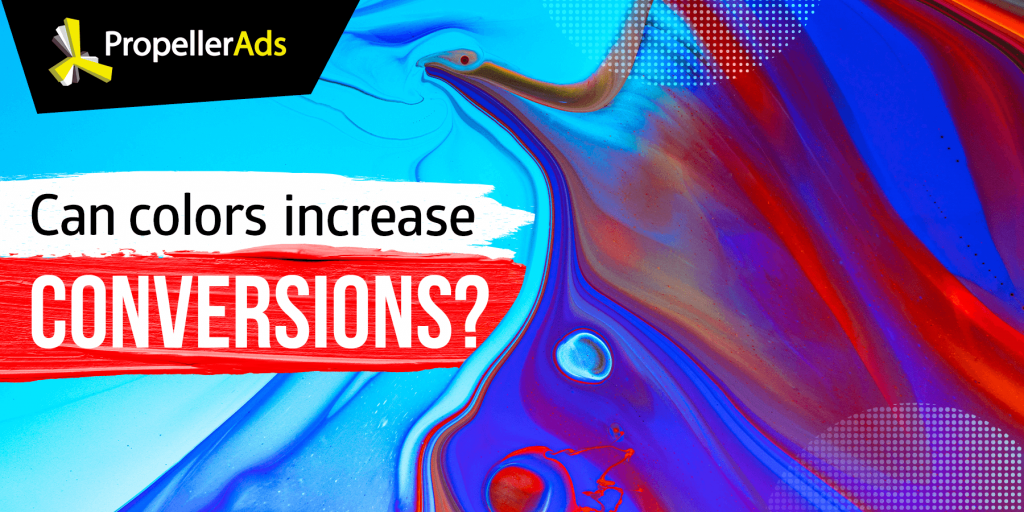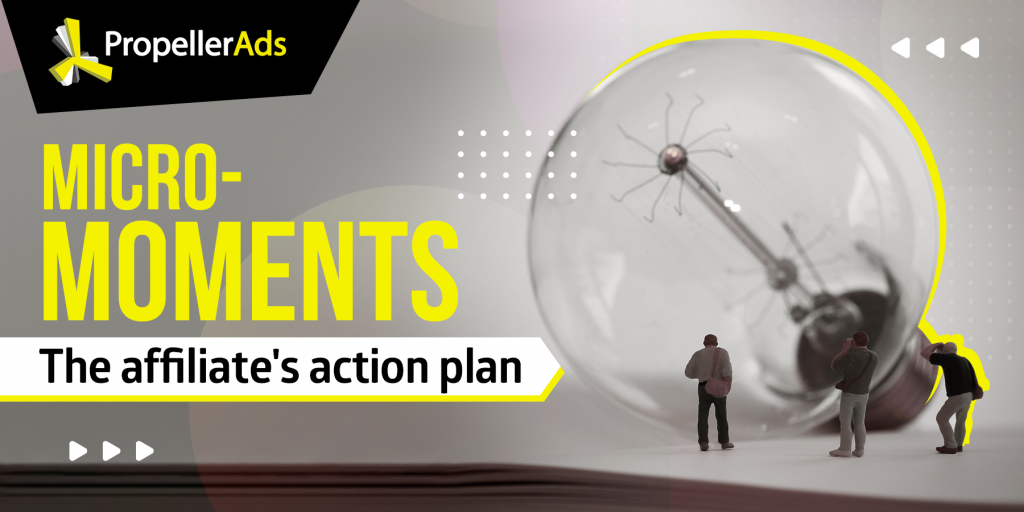Your Affiliate Handbook to Pricing Psychology (a.k.a. The Magic Numbers)
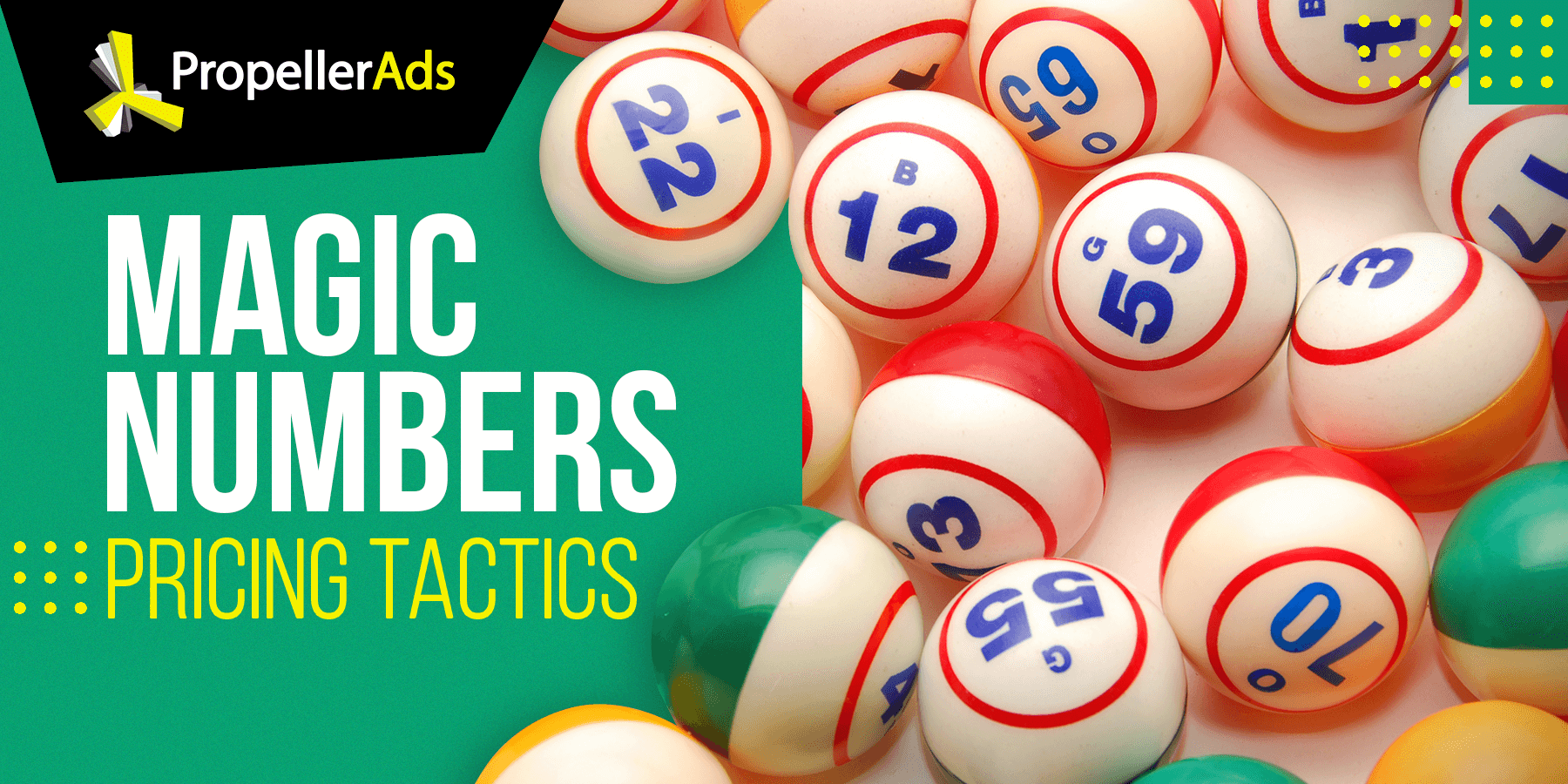
Who doesn’t love a good bargain? Since the early days of traditional marketing, it’s been determined that the price of a product plays an important role in whether consumers want to purchase it or not. Therefore, you can theoretically manipulate the prices of the goods and services you’re promoting in order to increase your chances of getting new customers.
At PropellerAds, we’ve seen hundreds of affiliates develop stellar campaigns using a variety of different strategies, including pricing psychology. Below, we’ll take a look at the definition of psychological pricing, go over a few examples, and discuss the best approaches you can start implementing today.
What’s Psychological Pricing?

For starters, let’s go ahead and define psychological pricing.
In the marketing context, psychological pricing is a technique that focuses on influencing consumer behavior through the manipulation of product prices. In basic terms, this approach works similarly to discounts because it makes users feel like they offer they’re receiving is too good to pass up.
One of the best and oldest examples of psychological pricing is setting values lower than a whole number. For instance, selling a product at $9.99 instead of $10, but it’s worth noting that there are much more complex forms of pricing psychology that you can implement into your campaigns now.
How to Use Pricing Psychology to Your Advantage
Pricing psychology is a relatively old practice and it has been proven to generate great results.
Furthermore, you also need to learn about the different techniques and how they work in order to find the best pricing psychology tactics for your specific case.
Let’s take a look at some of the most effective techniques along with examples you can implement today.
Prices with Fewer Syllables
The length of the words that make up the price of your products actually affects how your audience perceives your goods. Since we need more mental power to process numbers with more syllables, you may be better off choosing shorter words. Which usually have fewer syllables and therefore “sound” more affordable.
| Compare | Choose |
| Selling products for $30.50 (4 syllables) rather than $27.99 (7 syllables) | “Available for only $30.50” |
Words and Adjectives that Relate to Small Magnitude
Regardless of the product or offer, you’ll always want to use adjectives and language that’s associated with small sizes (except certain types of Nutra offers, you know).
| Compare | Choose |
| Rather than promoting products as “powerful” (large magnitude), you should use terms like “low maintenance” (associated with smaller magnitude). | “A low-maintenance solution for every household” |
Talk About Prices in Terms of Daily Equivalence
It’s important to highlight the upfront cost of a product or service because it creates clear expectations in users. However, you can also soften the blow by referring to the cost of the product in terms of daily equivalence, or how much it would cost to buy the product if the price was paid out daily for a month.
| Compare | Choose |
| Promoting $30 products as “costing $1 per day” in your ads. | “It can be yours for the equivalent of $1 per day!” |
Place Low Prices on the Left-Upper Side of Your Content
There are many reasons why consumers subconsciously correlate layout position to certain concepts, like positive and negative. Consumers are much more receptive to low prices when these are presented on the upper-left part of the screen and tend to associate the right-hand side with higher numbers.
| Compare | Choose |
| Always make sure the price is as close as possible to the upper-left side. | “$499 in total savings!” |
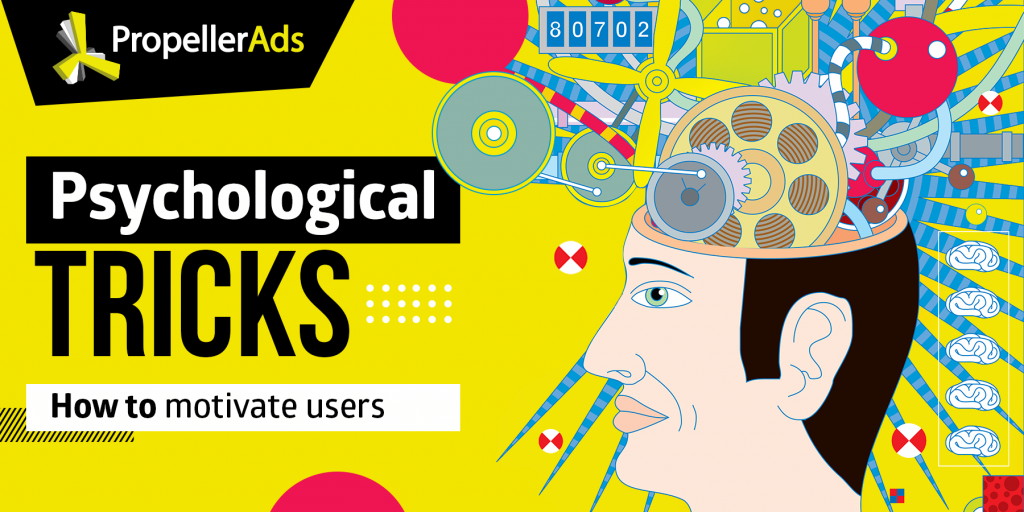
9 Psychological Tricks to Increase Conversions and Make People Buy Your Popcorn
Expose Your Audience to Two Multiple of the Price
Research has revealed that consumers are more likely to opt for a promotional offer if the audience is exposed to two multiples of the price.
| Compare | Choose |
| Offer a product for $12 and manage to include the numbers 2 and 6 in your ads, they will have a higher chance of converting. | “Get 6 awesome designs and 2 color choices included in the $12” |
Employ the Right Amount of Roundedness
Rounded prices are read and processed more smoothly by consumers. If the price of your goods consists of non-rounce prices, consider promoting them for the closes round value.
| Compare | Choose |
| If the product cost is $78.59, go for more round values. | “Available to you today at only $80” |
For Men, Display Prices in Red
Have you ever wondered why sales prices are often sometimes displayed in red? Part of the answer may very well be the fact that men are more likely to opt for a promotion if the price appears in red or a similar color.
Example:
“Order yours now for $9.99”
Factor Innumeracy Into Your Decision
Instead of always promoting your ads based on percentages, you should factor in innumeracy and consider using simpler language.
| Compare | Choose |
| Rather than advertising something as 50% off, tell potential customers how many products they get instead. | “Buy one and get one Free!” |
Bundle Pricing
Bundle pricing is based on the same idea as discounts, so they aim to convince users that they are getting a substantial discount even if this isn’t the case. And, it can also help lure users who hate placing online orders because it minimizes the number of times they have to go through the same process.
Example: “Special promo. Only this week! Order a pack of 5 today!
Can we tempt you with a 2-in-1 deal? Join our Telegram chat where you can discuss business with fellow affiates, AND keep an eye on all great promos coming your way!
*Only today 😀
